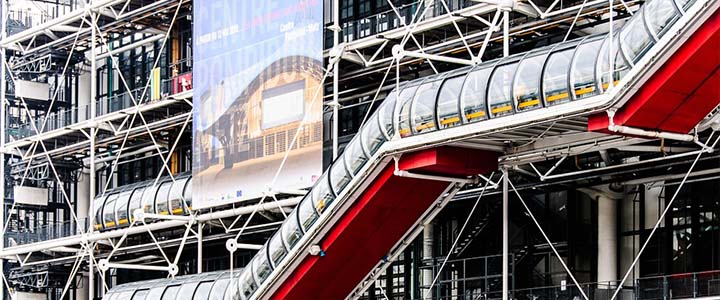Smart, or smartly designed buildings are not only a trend but a real need to use all available resources at hand to improve the living standards and contribute to create and maintain a sustainable place to live in, that is, in a smart living city.
Buildings in different countries must be designed according to the local climate in order to obtain the maximum of benefits for energy saving. For example, Punjab, India, proposed a practical approach for the new buildings’ design to use all the possible daylight for energy balance both in summer and winter.
What started with a declaration in 2001 known as Energy Conservation Act in Punjab, has turned recently into a law obliging all new buildings with a connected load of 100 kilowatt and more to follow a power-saving code through which it will be possible to reduce energy consumption by up to 40%. The code applies to all buildings with an air-conditioned area of 500 square meters, besides to complexes, group houses, offices, hotels, shopping zones, and private hospitals. According to Punjab Energy Development Agency (Peda), the code covers the following aspects: building aesthetics, envelope, mechanical system, the equipments for heating, ventilation, and air-conditioning, interior and exterior lighting, and hot-water service, besides electrical power and motors for thermal comfort in non-central-AC buildings.
These actions pretend to involve different professionals related to construction and urban management, for instance, chief architects, chief town planners, local bodies, and agencies involved in clearing construction projects in urban centers. Of course, modern technologies are needed to drive towards sustainable urban energy systems.
This is also a valuable contribution to the environment protection since this practice allows to reduce notoriously greenhouse gases emissions. Actually, energy inefficient constructions are highly responsible for such emissions, according to IEA. Between now and 2050 a large portion of new buildings – equivalent to 40% of the world’s current building stock – will be built in cities in emerging and developing economies. The situation regarding inefficient buildings already constructed and the projection of new ones must be checked urgently if we want to prioritize the climate change – a hard but possible task, although many governments must cooperate and unite their efforts to promote serious regulations regarding new constructions and maintenance of old ones. This will revert positively in living conditions, safety, economic growth, just naming a few.
Sources:
New building code to save ‘40% power’ coming up in Punjab.
Make building standards top priority for tackling climate change.











